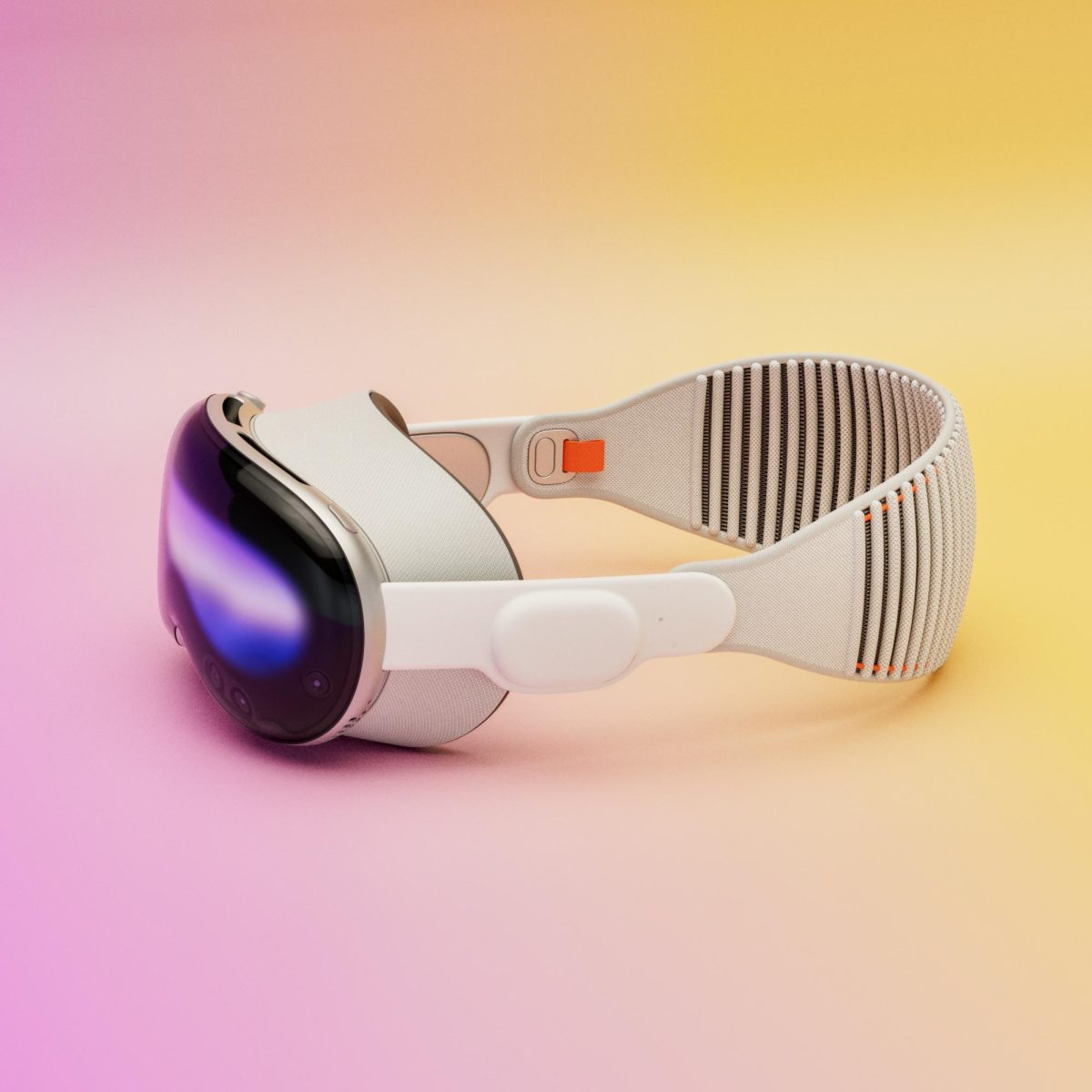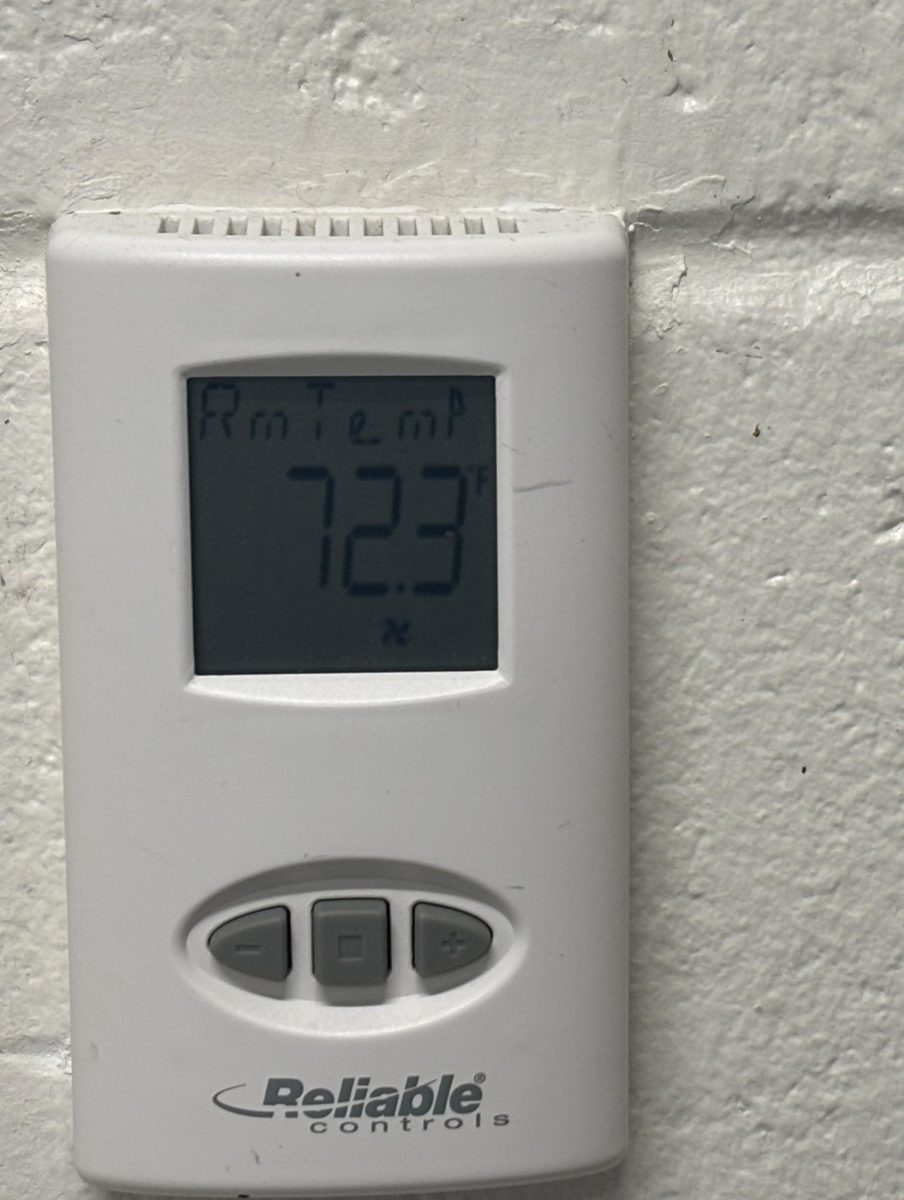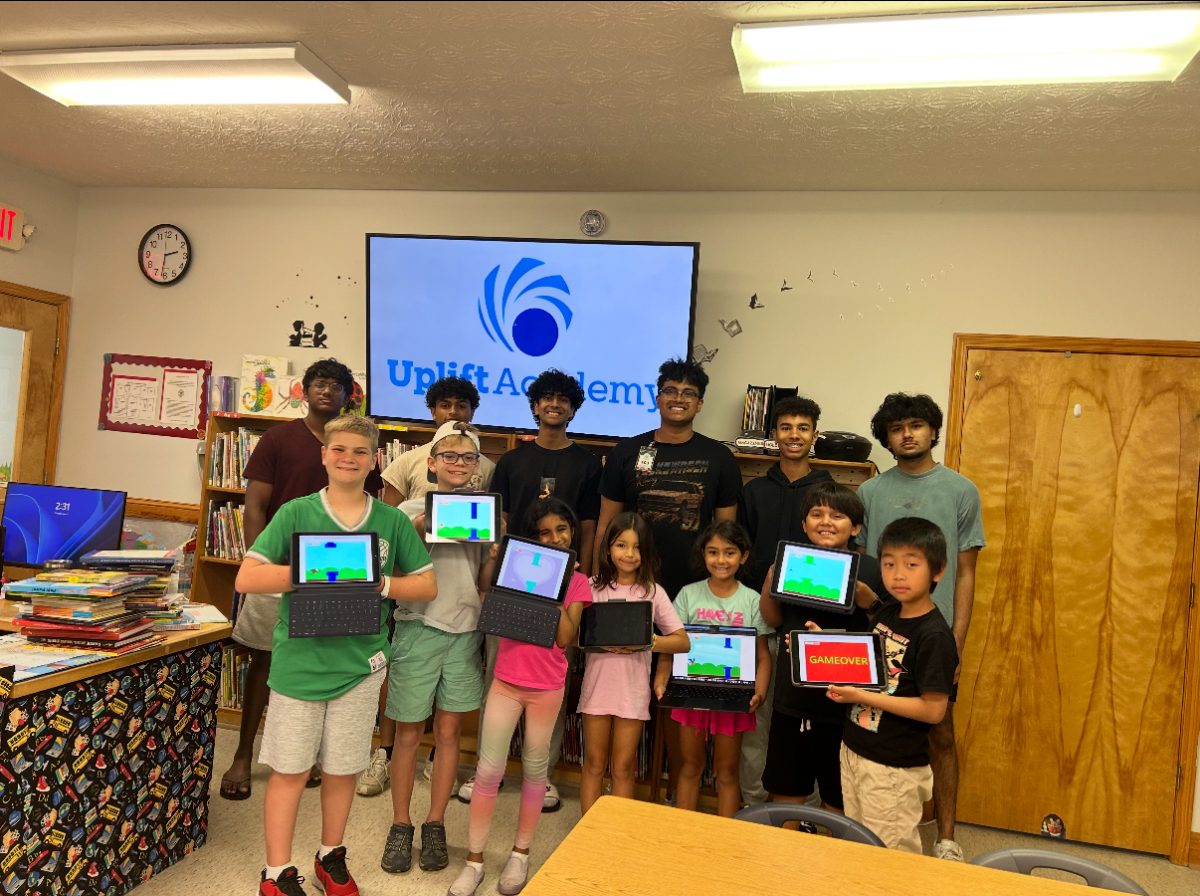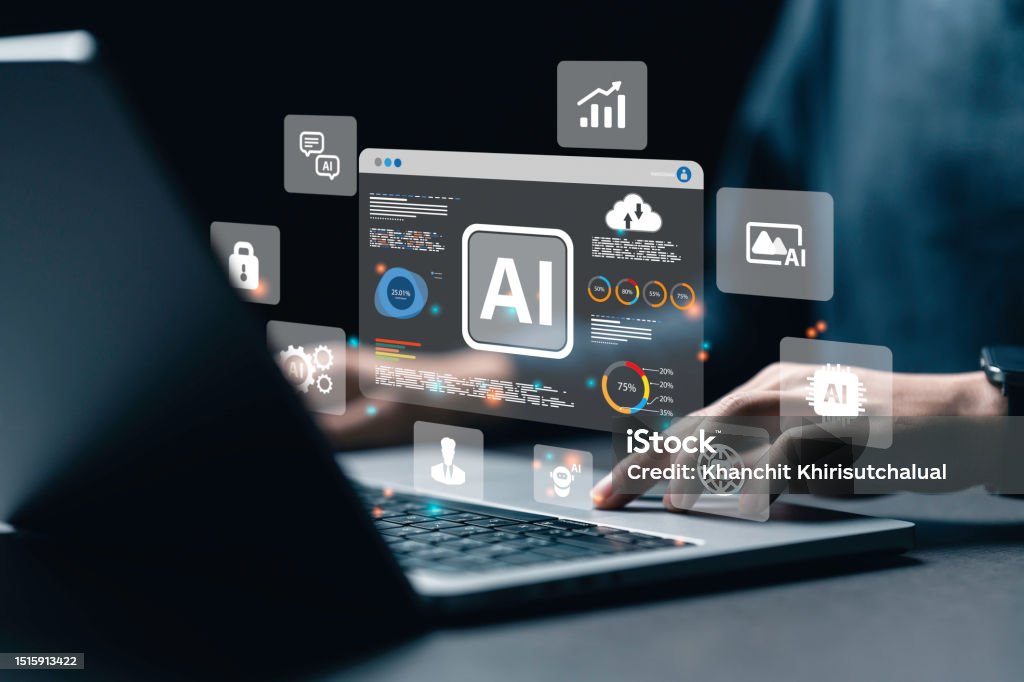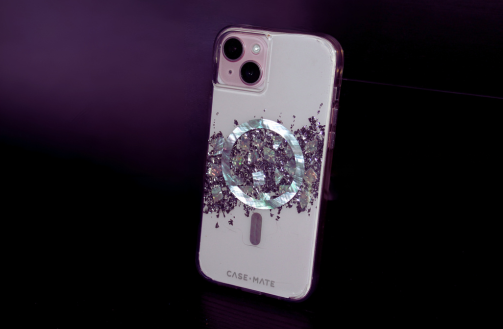Times are changing— and fast. The new Apple Vision Pro headset is making waves in the technology industry and more so all over the internet for its incredible functionality.
But does this revolutionary creation mark the onset of a modern dystopia, or a futuristic utopia?
Apple’s state-of-the-art Vision Pro is a mixed-reality headset that delivers a performance, or better said, an experience, unlike anything the world has ever seen before as it applies all the features of modern technology to the environment of reality.
It functions as a spatial computer, which Apple defines as technology that “seamlessly blends digital content with the physical world, while allowing users to stay present and connected to others.”
Apple’s A-peel-ing Ad
Earlier in June, Apple dropped a 9-minute trailer, teasing the introduction of their newest technological marvel. The video picked up steam online as countless X (formerly Twitter) users, Instagram users, and TikTok users shared their reactions.
The collective reaction was awe. Of course, many also worried about the potential health concerns the scary spatial technology could be heading in, or what this could mean for Apple’s competition. But for the most part, everyone was floored.
The video itself has that familiar sleek and elegant vibe that characterizes the Apple brand. But unlike most other Apple products ads, this one truly dropped jaws.
I myself was engrossed in every shot of the video. It felt like I was watching something out of “The Matrix” or “Minority Report.” The tech showcased in the clips feels out-of-reach, completely inconceivable.
And yet it’s promised to reach US and online customers by early 2024.
Some of the headset’s capabilities shown in the ad include remote control by users using voice direction, hand movement, and eye-tracking.
The ad also teases the all-new immersive environment of the Vision Pro, allowing users to view breath-taking landscapes surrounding them. They can also curve their virtual screens and stretch them to “feel 100 [feet] wide.”
Users can then elevate their movie and video-game experiences with spatial audio that places audiences right in between every dialogue of their favorite movies.
The headset can also take revolutionary three-dimensional photos and videos—crazy right? And when users replay said photos and videos, they can enter the space of the image, almost reliving the moment in time.
The Vision Pro Headset also pioneers new features like EyeSight which allows users to reconnect with those around them in between usage. The headset turns transparent as they are approached by others to ensure any human connection isn’t completely lost.
And of course, the Vision Pro integrates seamlessly with the rest of the Apple MacOS and iOS ecosystem, making it the ultimate tool for intricate organization in workplaces.
Will this Apple-a-Day Keep the Doctors Away?
Despite the widespread popularity and publicity of the head-turning headset, many have raised questions about the effects it could have on users’ health.
All the smaller health concerns that come with phones are magnified in the usage of headsets. It takes all the features of regular phones and zones them in to inches from your eyes.
With that daunting prospect, users can potentially experience an influx of blue light exposure, eye strain and eye dryness.
Several health issues can arise from excessive blue light exposure, such as poor vision from ruined eye retinal cells. It could potentially lead to cataracts and even eye cancer, states UC Davis Health.
Blue light exposure can also impact sleep patterns, as excessive exposure to it can halt the release of the melatonin hormone that is essential for drowsiness and eventually sleep, states the Sleep Foundation.
Another potential worrying health issue associated with the usage of the headset is digital eye strain. According to The American Academy of Ophthalmology, symptoms include blurry vision or stinging eye pain.
The potential health risks that may come with the overuse of technology have always been worrying, but with the advancement of technology comes an advancement in health risks, as well.
A Vision of the Future
So now that we’ve got an immersive virtual reality headset scheduled for 2024, what can we expect for the rest of our future? It’s safe to say that technology is ramping up at a rate unprecedented to anything we’ve seen in the past.
So what does this mean for our future? Are we headed for a dreamy utopia, or nightmarish dystopia?
The internet seems to be torn, but tech-heads say this could mark the beginning of a very lonely future for humanity. Being plugged into a virtual reality, albeit integrated into your real surroundings, can be a daunting prospect.
Many say the newest generation is already too attached and perhaps addicted to their current technology, so the idea that an even more immersive and engaging creation could be handed to the masses is worrying.
On the other hand, some argue that the Vision Pro has prompted the dawn of an age of Spatial Computing.
Spatial computing seamlessly blends our reality with an augmented virtual environment. This includes integrating virtual 3D objects into our landscape of reality that you could interact with.
The Teens Speak
While the online jury is out, some South Forsyth High School students dished their takes.
“People who want actual good tech, probably [should get] an Oculus or something that’s well made,” said Junior Chloe Hahn. “It’s affordable. It doesn’t have a big glass screen to shatter.”
Meanwhile, Junior Jeremy Bailey said, “Even though [the Oculus Quest 2] has less battery time than the first Oculus Quest, it actually runs a little better on Oculus Quest 2.”
Junior Alan Bartlett offered a more specification-based viewpoint, saying “[Apple has] chosen to use onboard processing with an M2 SoC (system on a chip), despite the fact that they’ve already created the M3 SoC, so they’re going to be limited by the performance of the headset.”
However, Apple isn’t exactly known for not wanting its customers to require upgrades from the company.
“If they used external processing for something like a computer, you can upgrade the processing as time goes on,” Bartlett said. “[Apple doesn’t] want you doing that.”
But does the actual performance of the headset even matter?
“I think people are going to buy it just for Apple,” said Hahn.
Regardless of what debates and opinions on the Headset might assert, one thing is certain: This creation could very well change the expected course of technology and its advancement— if it lives up to all the things it promises to be.
If the Apple Vision Pro is an accurate representation of where our technological advancements will lead, it teases a promising and inspiring future awaiting us, full of creations that may blend our reality with virtual imagination.


